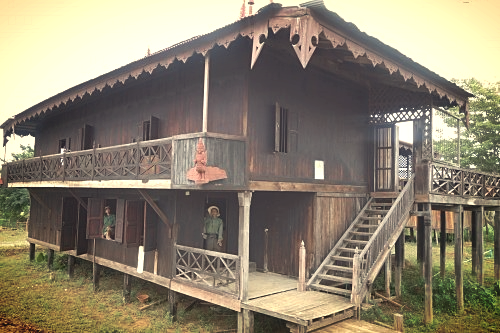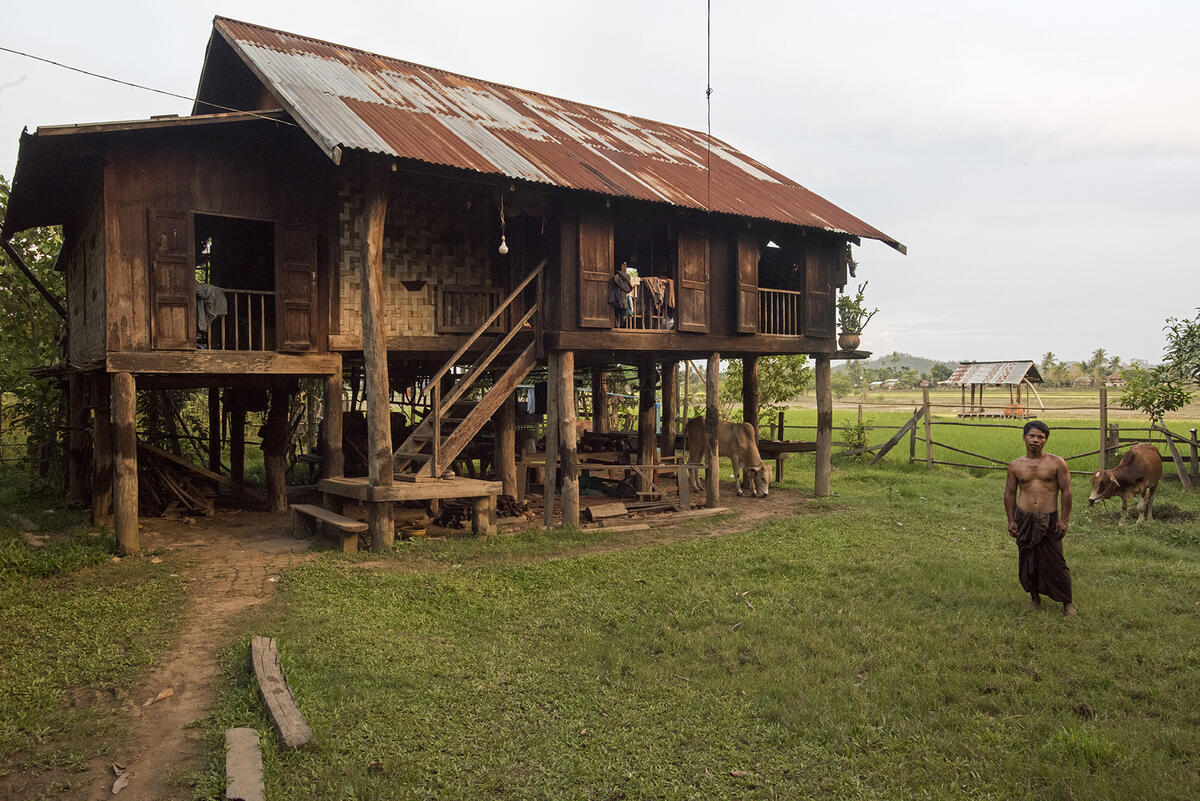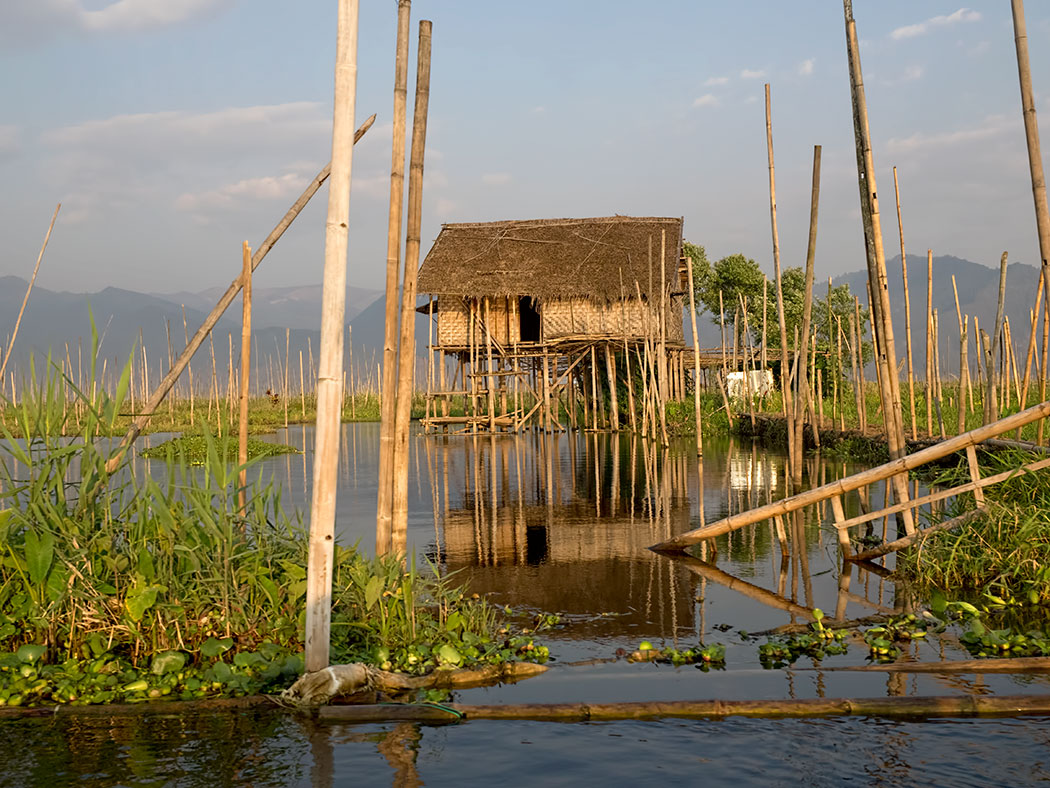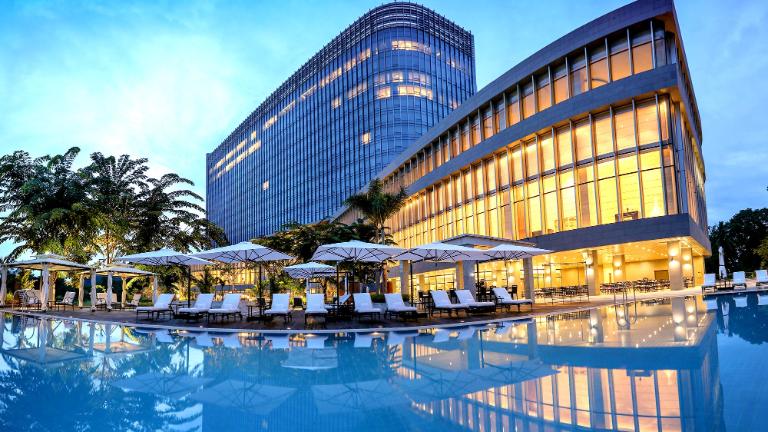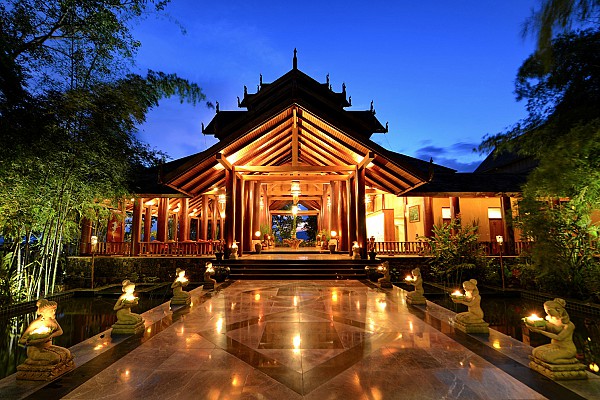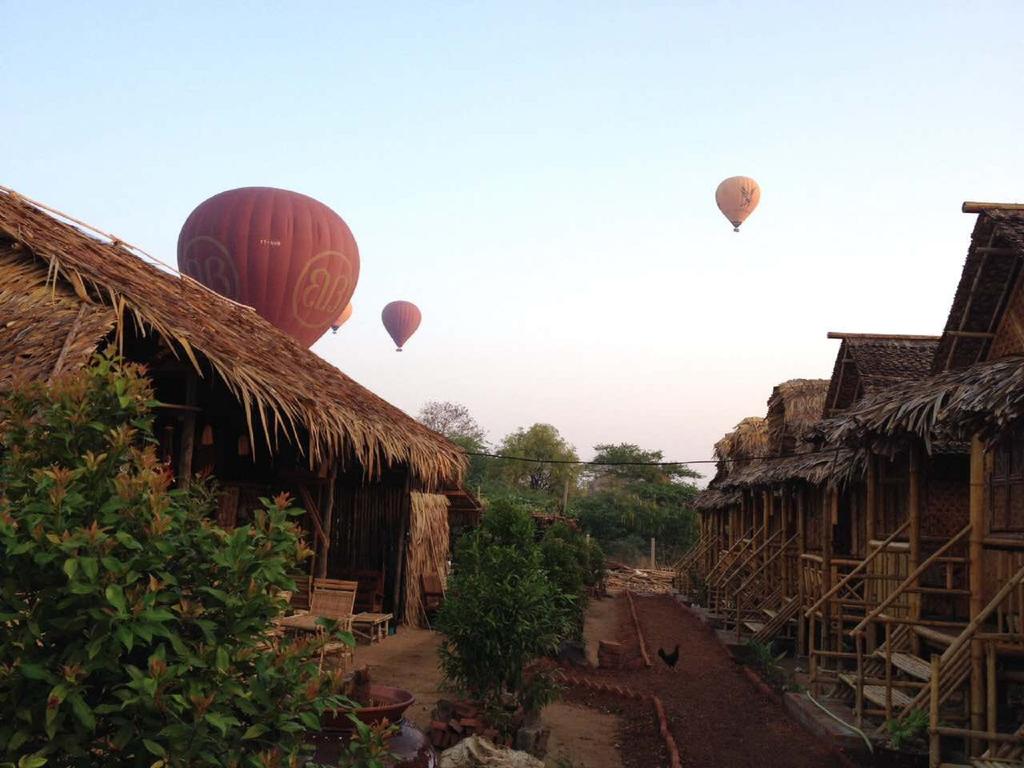Rural Life in Myanmar
“Energy is neither created nor destroyed. It just changes shape.”
Rural population: 66 percent of total population (2010) live mostly in 46,000 small villages scattered across the country. In the 1970s, Paul Theroux wrote in "The Great Railway Bazaar" that the highlands of Burma can be surprisingly cold, yet people still go barefoot, and wear thin clothes.Women carry machetes balanced on their head. The main meal is often a plate of rice. Slingshots are now banned in Burma because students used them in 1988 demonstrations to shoot jingles , darts made from nails or sharpened bicycle spokes.
Describing his stop in an Irrawaddy river town, Kira Salak wrote in National Geographic: “The children look skinny...I take out a bag of candy from my backpack and hold it out to the children. "I come in peace," I say. An adult approaches and encourages them to snatch a piece of candy. Before long, my bag is empty. Myitkangyi is a primitive village. It has no electricity or running water, no motorized vehicles, no telephones or paved roads. Everyone lives in thatch huts on stilts, and the only ground transportation is by oxcart. Like most villages along the river, it is self-sufficient, with its own blacksmith, carpenter, and wheelwright. I pitch my tent on a sandbank across from the village, and adults wander over to sit on their haunches and study me for hours. When I eat dinner in the boat, word goes out. Soon a large crowd has gathered, sighing in unison as I open a can of Coke, exclaiming if I drop something.”
